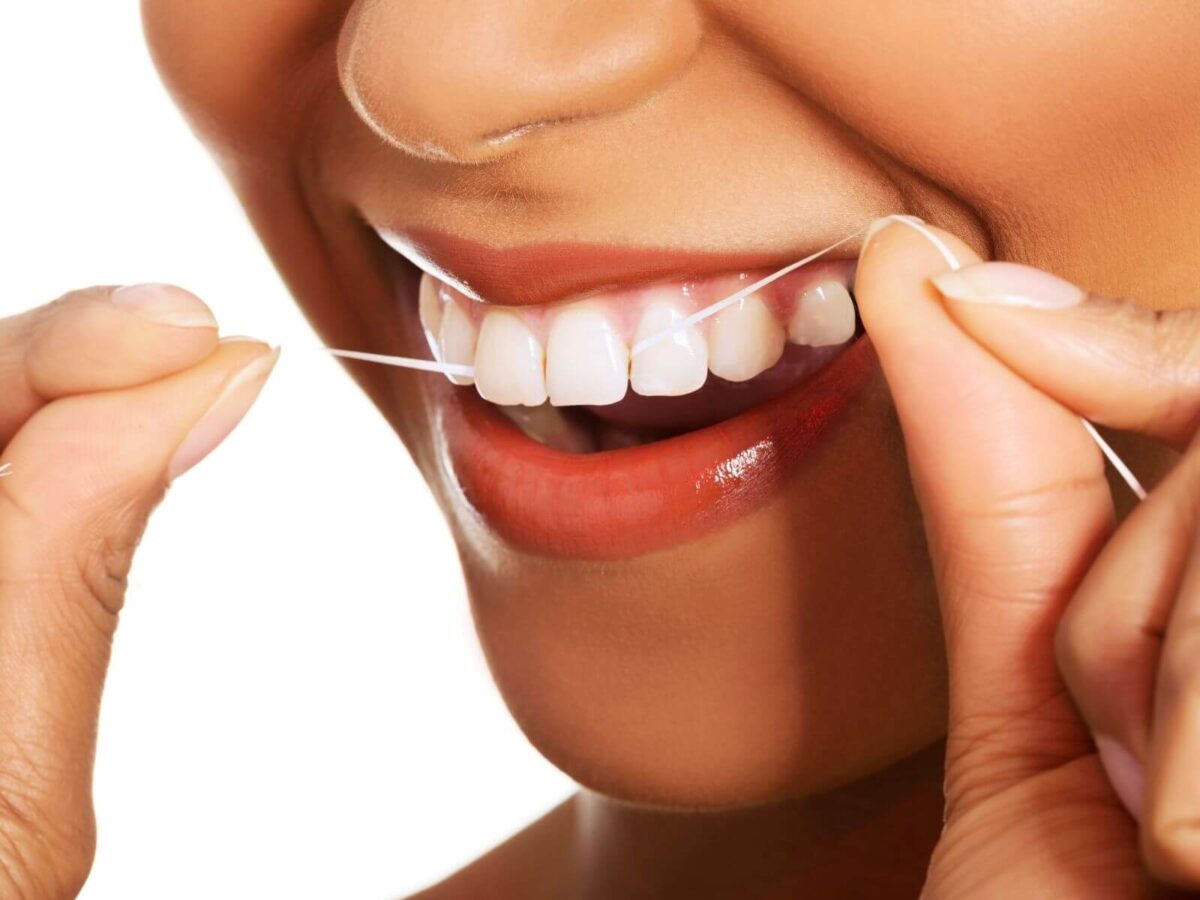Blog
Dental hygiene tips for healthy teeth & gums

The Importance of Flossing For Healthy Gums
People mostly brush their teeth for dental hygiene but frequently do not perform essential flossing routines. Regular flossing serves as oral care protection against cavities and gum disease development for individuals. The key to maintaining tooth shine and gum health depends on flossing as an essential habit.
What is flossing?
Flossing removes plaque and food debris between teeth by using dental floss or alternative flossing equipment.
Dental floss consists of a thin waxed thread inserted between teeth to scrape away accumulated substance by moving it up and down. Several other approaches to cleaning between teeth include water flossers, air flossers, interdental brushes, and flossing sticks.
Ask your dentist or hygienist to help you find the best way to floss your teeth since any flossing method can produce good results.
Why Flossing Matters
Flossing is an indispensable foundation for achieving ideal dental health beyond regular brushing. Your teeth look clean after brushing because you reach the visible areas, but between teeth and underneath, the gums remain unclean. That’s where flossing comes in.
The spaces are accessible only to floss matter most in oral hygiene practice because floss extraction remains essential to dental hygiene. Using floss to slide between your teeth removes plaque buildup and removes trapped food particles that exist in tight areas. The sticky bacterial accumulation from plaque develops on teeth during the entire day. Plaque that remains untreated becomes tartar, which generates gum inflammation, cavities, and gum disease.
What positive effects do I receive from flossing my teeth?
Flossing protects your gums
Bacteria combined with plaque accumulation between teeth will irritate your gum tissue. Assuming the condition remains untreated, it leads to multiple oral health conditions that end with gingivitis. The disease of gum tissue affects it by making the gumline swell with blood and show a red appearance. Daily flossing blocks plaque formation and protects your gums from disease and infection.
Flossing keeps your teeth healthy
The bacteria in tooth spaces harm tooth enamel by damaging gum tissue and constantly irritating it. Bacteria under enamel weaken the tooth before creating a cavity on its surface.
Flossing controls plaque development until the bacteria reaches toxic levels that attack tooth enamel. You will achieve cleaner and brighter teeth through regular flossing.
Regular flossing enhances your well-being by making it harder for diseases to develop.
Harmful mouth bacteria pose the risk of spreading disease all over your body. Most people do not suffer major health problems from gingivitis since it impacts only the mouth. Once in your bloodstream, this substance severely harms your heart but also raises diabetes and lung disease risks.
Taking a short daily flossing session keeps your system safe from infections, promoting overall good health.
What health dangers will I experience when I skip oral hygiene?
Failing daily flossing between teeth leads to various dental problems, including the formation of tartar and gum disease.
- Daily plaque removal needs tartar removal because it builds up on teeth daily. After plaque hardens into tartar, you need a dentist or oral hygienist to remove it because proper at-home dental hygiene can no longer treat it.
- Not flossing causes gum disease, which affects most patients because plaque and tartar buildup irritate and inflame the gums. You should deal with these issues at the beginning of their development.
- Gum disease, called gingivitis, is curable at its initial stage, while periodontitis at its advanced stage cannot be reversed.
Plaque buildup creates tooth cavities when dental professionals do not treat it promptly. Bad infections may appear when you neglect to deal with the pain. - Even though brushing reduces plaque formation, it cannot eliminate every part of it. Daily flossing plays an essential role in your oral hygiene process.
Tips for flossing properly
Use these simple instructions to floss your teeth as a beginner or for a recall session.
- Identify the dental floss type that fits your needs since many options exist. People need either waxed or unwaxed floss varieties to match their preferences. Floss picks exist to help people with easier tooth cleaning. People who dislike tooth flossing experience can find air flossers and water tools more effective thanks to their pressure cleaning action.
- Wash your teeth with at least 18 inches of floss, which you should place on one middle finger. Place the leftover floss strip onto the other middle finger of your hand. The extra floss will help you perform your cleaning easily.
- Move floss gently along your tooth spaces with a moving movement. Keep the flossing movement smooth to prevent discomfort from floss hitting your gum area.
- Create a C-shape around teeth and move the floss down their bases. Move the floss through both sides of each tooth.
- Always use new floss between each tooth since you progress through your teeth. Your floss should contain clean portions throughout the process because bacteria transfer between teeth should be prevented.
- Flossing treatment needs to be comfortable because it should not cause any pain. Gum disease may occur when you feel pain or notice bleeding during flossing. Inform your dentist about the symptoms that you are experiencing.
- Daily flossing takes place only once a day before going to bed. Frequent flossing will help remove all buildup that forms throughout daytime hours.
Conclusion
People who floss establish better oral health and obtain a brighter smile through this important daily routine. Our team presents straightforward yet powerful recommendations that will lead you toward mouth health improvement and enhance your smile confidence.
Schedule an appointment right now for cleaning services that will lead you to optimal oral health results. A smile deserves exceptional care for its overall health.


